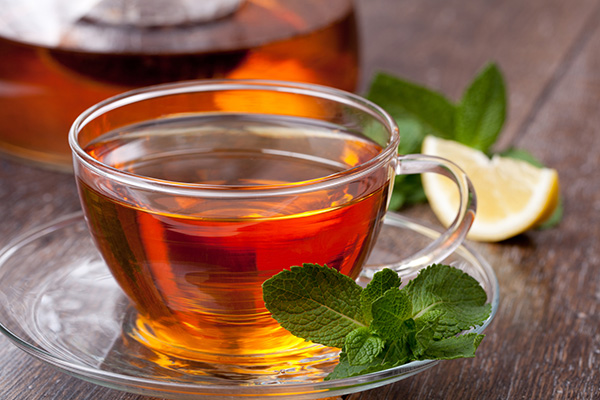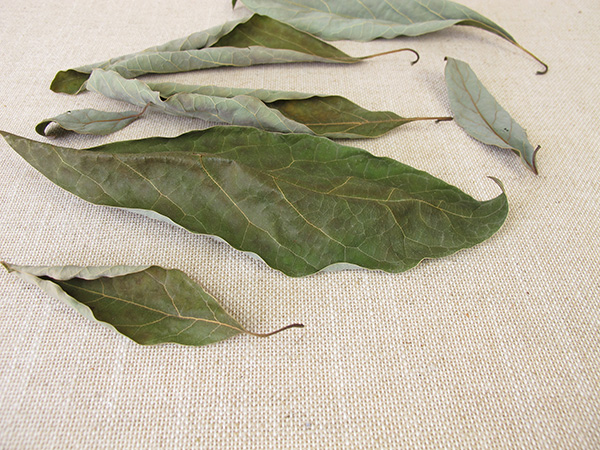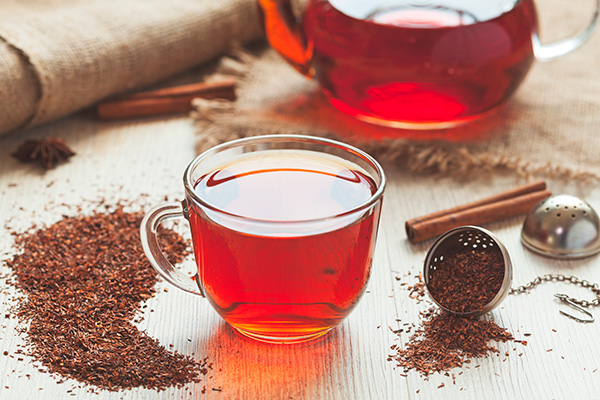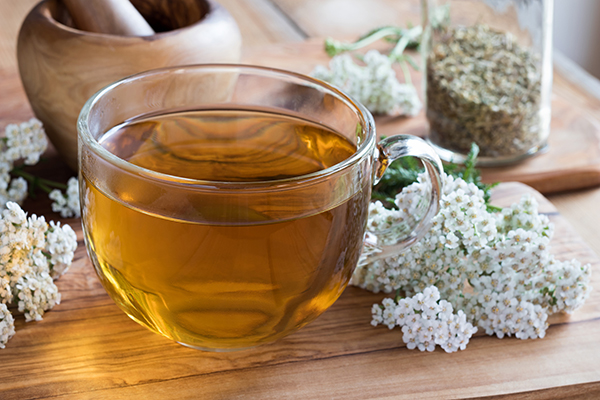How to Dry Herbs for Tea
Drying herbs for tea is an age-old practice that allows you to enjoy the natural flavors, health benefits, and aromas of various plants all year long.
In this article, we will explore the different methods you can use to dry herbs for tea, ensuring the best flavor and preservation.
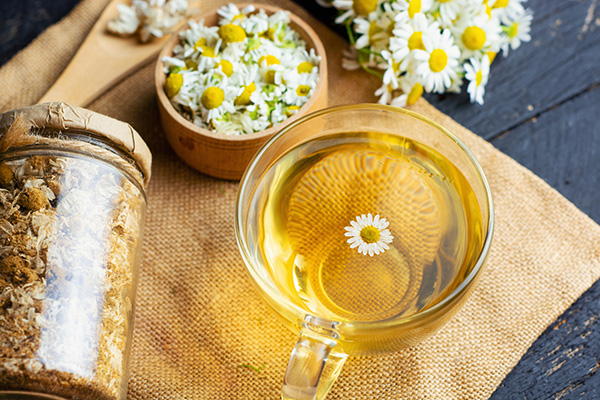
Selecting the Right Herbs for Tea
Before you start the drying process, it’s essential to choose herbs that are suitable for tea. Many herbs have unique flavors and health benefits, making them perfect additions to your tea blends. Some popular choices include:
- Chamomile
- Peppermint
- Lavender
- Lemon Balm
- Echinacea
- Hibiscus
- Rose hips
Always ensure that the herbs you select are free of pesticides and contaminants by choosing organic or wild-harvested plants whenever possible.
Harvesting and Preparing Herbs for Drying
The quality of your dried herbs depends heavily on how they are harvested and prepared. Follow these tips for the best results:
Harvesting Tips
- Choose a dry day: Harvest herbs on a dry day, ideally in the morning after the dew has evaporated.
- Look for healthy plants: Pick herbs that are free of damage, disease, and pests.
- Use clean, sharp tools: This prevents bruising and ensures a clean cut.
Preparing Herbs
- Rinse gently: Wash herbs in cool water to remove dirt, insects, and debris.
- Pat dry: Use a clean towel or paper towel to gently pat the herbs dry, removing excess moisture.
- Remove damaged leaves and stems: Discard any damaged or discolored leaves or stems.
Methods for Drying Herbs
There are several techniques for drying herbs, each with its advantages and disadvantages. Explore these methods to determine which one is best suited for your needs:
Air Drying
Air drying is the most traditional and cost-effective method for drying herbs. It involves hanging or laying the herbs out to dry in a well-ventilated area.
Hanging to Dry
- Bundle your herbs: Gather small bundles of herbs and secure them with a rubber band or twine.
- Hang them in a well-ventilated area: Find a dry, dark, and well-ventilated spot to hang your herbs. Avoid direct sunlight, as it can cause herbs to lose their flavor and color.
- Wait for them to dry: Depending on the humidity and temperature, this can take anywhere from one to three weeks.
Screen or Rack Drying
- Place herbs on a screen or rack: Spread your herbs out in a single layer on a drying screen or rack.
- Ensure good airflow: Place the screen or rack in a well-ventilated area, away from direct sunlight.
- Turn herbs occasionally: Rotate the herbs every few days to ensure even drying. This method can take one to three weeks.
Oven Drying
Oven drying is a quicker method for drying herbs, but it requires more attention to prevent overheating.
- Preheat your oven: Set your oven to the lowest possible temperature, ideally below 200°F (93°C).
- Arrange the herbs: Spread your herbs out in a single layer on a baking sheet lined with parchment paper.
- Dry the herbs: Place the baking sheet in the oven and leave the door slightly ajar to allow moisture to escape. Check the herbs every 20-30 minutes to prevent burning. Oven drying usually takes two to four hours.
Dehydrator Drying
Using a food dehydrator is a reliable and efficient method for drying herbs, as it provides consistent temperature control and airflow.
- Prepare your dehydrator: Follow your dehydrator’s instructions for setting the temperature, usually between 95°F (35°C) and 115°F (46°C) for herbs.
- Arrange the herbs: Spread your herbs in a single layer on the dehydrator trays, ensuring they do not overlap.
- Dry the herbs: Depending on the thickness of the herbs and the dehydrator’s efficiency, this can take anywhere from two to eight hours. Check the herbs periodically for dryness.
Microwave Drying
Microwave drying is the fastest method for drying herbs, but it is less suitable for delicate herbs, as it can compromise their flavor and essential oils.
- Prepare the herbs: Arrange a single layer of herbs between two sheets of paper towel.
- Microwave the herbs: Set the microwave to a low power setting, and heat the herbs for 30 seconds to one minute. Check the herbs for dryness, and continue microwaving in short increments until completely dry. This method takes only a few minutes.
Storing Dried Herbs
Proper storage is crucial for maintaining the flavor and quality of your dried herbs:
- Use airtight containers: Store your dried herbs in airtight containers such as glass jars or resealable bags.
- Keep away from heat and light: Store containers in a cool, dark place, away from direct sunlight and heat sources.
- Label and date: Label each container with the herb’s name and the date it was dried to ensure freshness.
- Check for freshness: Dried herbs should be used within a year for optimal flavor and potency.
Conclusion
Drying herbs for tea is a rewarding process that allows you to enjoy the flavors and health benefits of various plants all year long. By selecting the right herbs, harvesting and preparing them properly, and choosing the best drying method for your needs, you’ll be well on your way to savoring delightful herbal tea blends made from your own dried herbs.

